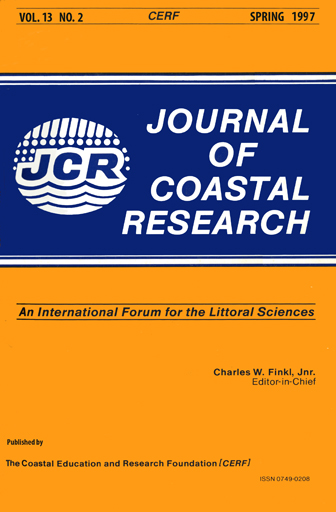Monitoring the Coastal Environment; Part II: Sediment Sampling and Geotechnical Methods
Keywords:
Coring methods, vibratory corers, grain-size analyses, sieves, sediment statistics, coring logsAbstract
The successful application of a variety of subaqueous sediment sampling devices depends upon several criteria. These criteria include an understanding of the depth and purpose of sampling, the anticipated character of the material to be sampled, and the depositional energy environments of the sample zone. Samples provide geologic information on the mineralogic content and condition. Proxmity, sequence and magnitude of sediment units or zones provide energy system change rates, source areas variations, and mechanisms of sediment emplacement. Dynamic conditions during and after sediment deposition produce features and bed forms such as ripples, dunes, and bedding. Using techniques that no not disturb or cause only minimal disturbance of the target sediment zones is important in the ultimate analysis of the subaqueous system. Description of commonly-available samplers, standard operating procedures, and methods of analysis are provided to give guidance for the successful collection and interpretation of subaqueous sediment environments


